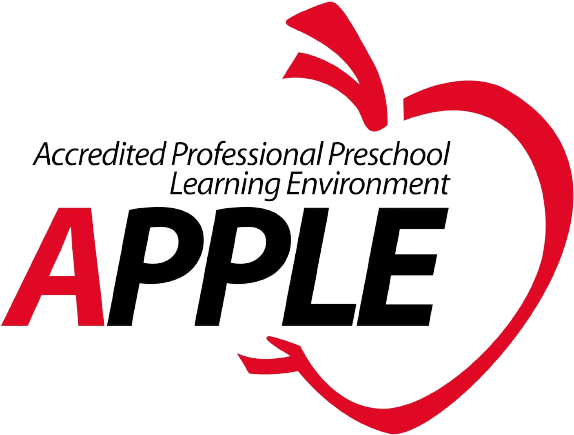Exploring the Debate and its Implications for Early Childhood Professionals
Introduction:
The ongoing debate regarding language development continues to captivate linguists worldwide, as they examine the interplay between genetic predisposition and environmental influences on language acquisition. Understanding the origins of language is vital in the field of early childhood education, particularly for professionals working with children from birth to the age of two. This article delves into the intricate relationship between biology and the environment, shedding light on the science behind language development and its implications for young learners.
The Biological View:
The formation of language skills in children is deeply rooted in their genetic makeup. From the moment of conception, the genetic evolution inherited from our ancestors plays a crucial role. The brain, the primary organ responsible for processing linguistic information, undergoes intricate formations that facilitate language acquisition. Brain scans reveal that infants are born with a specific number of neurons, which form connections that contribute to cognitive development. However, these connections must be reinforced through language use; otherwise, they may weaken and eventually diminish after the age of three. Brain lateralization, the differentiation between the left and right sides of the brain, further influences language development. The growth of laryngeal areas and the expansion of the voice box also contribute to the continuity of language acquisition. Genetic factors play a substantial role in children’s language development, as evidenced by twin studies and the impact of chromosomal disorders on language skills.
The Environmental View:
Language acquisition is significantly influenced by the environment. Children lose or gain neurons and receptors in the brain based on the auditory stimuli they are exposed to, even before birth. The environment plays a crucial role in shaping language acquisition through reinforcement and conditioning. Children learn to associate specific sounds and words with certain actions, facilitated by the responses and interactions of their caregivers. Language development occurs through a process of active learning, with children assimilating new words based on what they already know and accommodating their understanding as they encounter new information. The quality of the environment and the frequency of language-rich interactions with parents and caregivers greatly impact language acquisition. Studies have demonstrated that children growing up in communication-deprived environments struggle to develop language skills. The environment also affects language through modeling, shaping, and scaffolding techniques, as proposed by prominent theorists such as B.F. Skinner, Albert Bandura, and Lev Vygotsky.
Insights from Developmental Theorists:
Child development theorists have made significant contributions to understanding language acquisition. Jean Piaget emphasized the importance of direct experiences and interactions with the physical world in developing intelligence and language skills. Lev Vygotsky highlighted the role of social interaction in supporting language development and introduced the concept of the zone of proximal development. Noam Chomsky argued that language acquisition is a natural process inherent in human beings, suggesting that genetics predetermine language development. Benjamin Whorf explored the relationship between language and thought, demonstrating how language influences perception and cognition. These theorists provide valuable insights into the dynamic interplay between genetic predisposition and environmental factors in language development.
Conclusion – Early Literacy:
Language development is a complex interplay between genetic factors and environmental influences. Both contribute to the acquisition and mastery of language skills in children. Understanding this interplay is crucial for early childhood professionals working with children in their formative years. Language development begins before birth and is heavily influenced by the surrounding environment, which provides the necessary reinforcement and stimuli for language acquisition. The knowledge gained from studying language development will help educators create language-rich environments.



